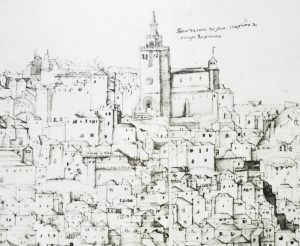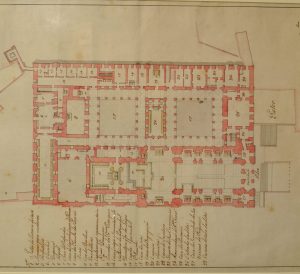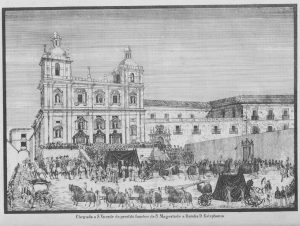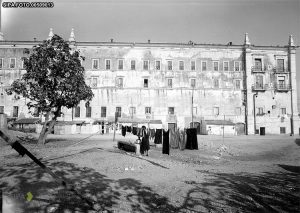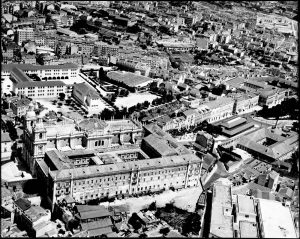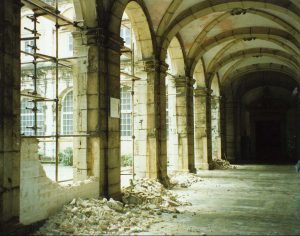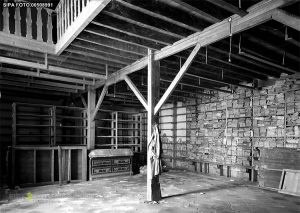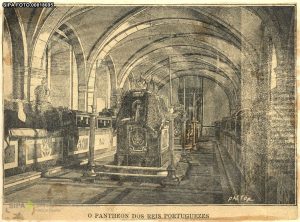Context
The Monastery of São Vicente is closely linked to the service of the Bishop of Lisbon. Sharing its patron saint – Saint Vincent – with the Patriarchate of Lisbon, the building currently houses the services of the Diocesan chancery and it is the place where the Cardinal Patriarch of Lisbon administers the Diocese and welcomes those who seek it. In addition to the Diocesan chancery, administrative services and the Patriarchal Court, the Monastery also houses a museum that seeks to document and highlight the most important moments in the history and legacy of the Patriarchate of Lisbon.
History of the Monastery
During the siege of Lisbon, in 1147, D. Afonso Henriques made a promise: if he succeeded in conquering the city, he would commission the construction of a monastery dedicated to Saint Vincent, a highly worshipped saint among the Mozarabs. This monastery was founded in the same year “outside” of the city walls, thus justifying the building’s toponymy (Fora = Outside).
Later on, in 1580 the Philippine Dynasty began, a period where Portugal and Spain were united under the rule of the same king, whose great work was the reconstruction of this Monastery. This project had as main architects Filippo Terzi, Juan Herrera and Baltazar Álvares, being considered the first major Mannerist construction in Portugal.
However, it was during the sumptuous reigns of D. Pedro II and D. João V (17th and 18th centuries) that the rich artistic decoration that can be seen today was added, namely the inlaid marbles, the glazed tile panels and paintings.
The Monastery was occupied by Canons Regular of the Order of Saint Augustine, from its foundation until 1834, when religious orders were extinguished in Portugal. During this period, it is highlighted the passage of Saint Anthony through the Monastery, where he lived his early days as a monk. In the 19th century the Monastery became property of the State and it was installed inside the “Liceu Gil Vicente” (a high school), among other State services. Currently, it houses the Curia of the Patriarchate.
